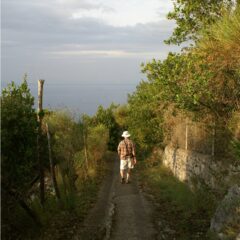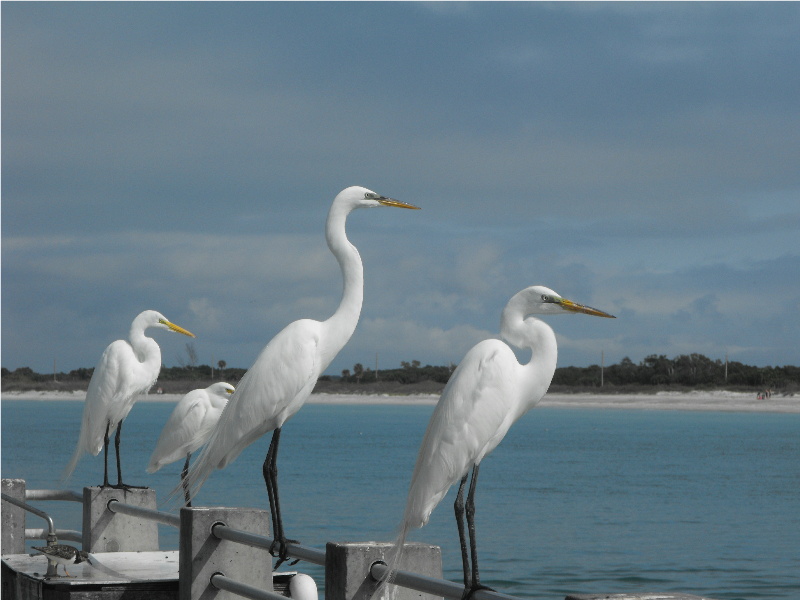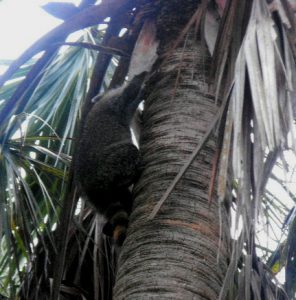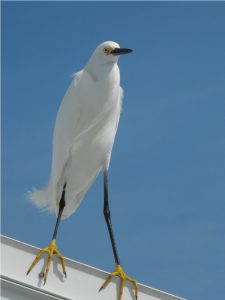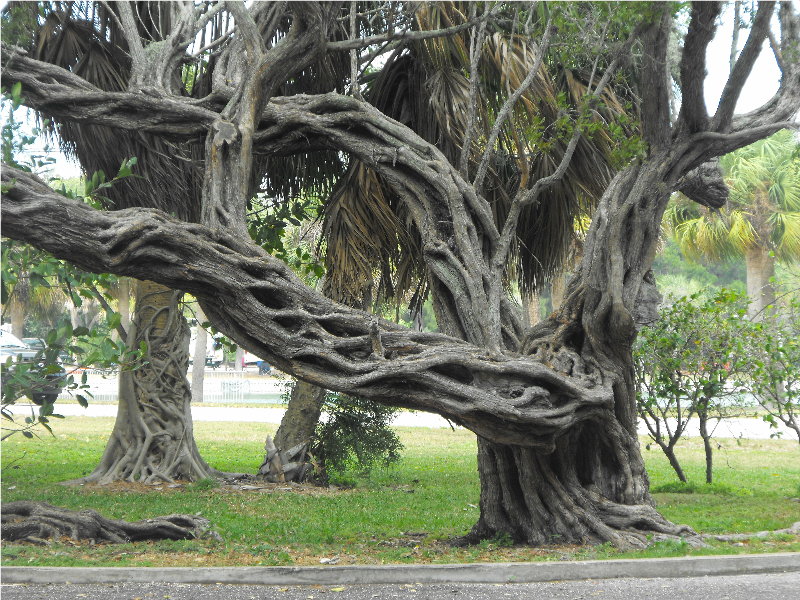This article provides the answer for the family or couple or group of friends who want to spend some time in the great outdoors, but need different levels of comfort in the adventure. Some need a bed, some a toilet, some a shower, some a hot meal, some could do without any of these but need the companionship of someone who can’t. You can share the adventure without missing any of what you need. If you are willing to go for a walk in the woods with friends, or want to do it alone and get to a place where you won’t be alone, we have the answer for you. That is, unless you need a cell phone. You won’t find or need any of those here.
I’m one of those people who say I would love to hike the Appalachian Trail, but in truth know that I never will be willing to sleep outside for four or five months and carry a pack sixteen hundred miles along the eastern half of the United States. Nevertheless, I can enjoy the outdoors along the trail, hike parts of it, and still benefit greatly from the fact that the Trail exists. If you don’t know anything about the Appalachian Trail, anything about camping, or backpacking or even have any desire to learn these things, you can enjoy an easy to moderate hike up a well maintained trail near the start of the Appalachian Trail, spend the night in a green certified lodge in the mountains, and count yourself among those lucky enough to see nature at its best.
Find your way to Amicalola Falls State Park in the Chattahoochee National Forest in north Georgia, a few miles south of the official southern end of the Appalachian Trail (AT) on Springer Mountain. The trail to the Len Foote Hike Inn starts at the upper end of the upper most parking lot in the Amicalola Falls State Park and takes you gently up into the mountains. The approach trail to the AT starts at the same place but branches off. The trail to the Len Foote Hike Inn takes you five miles into the mountains to the Hike Inn and then rejoins the AT approach trail a mile above the lodge, thereby giving you an option to hike up one trail to the Len Foote Hike Inn and come back down on another trail.
Arriving at the Hike Inn, you’ll notice that the structure is on stilts and although it is quite large, it has a very small footprint and has a very slight impact on the natural space in which it is situated. The Inn will provide you with all you need for a peaceful retreat, but, you won’t find a television, radio, or cellphone on the premises. You might find that you rather like it that way in this place in the woods.
 This eco-friendly or green philosophy permeates the Inn. The roof top supports twenty-four photovoltaic solar panels that provide a percentage of the electricity used there. Composting toilets in the bathhouse provide an odor free way to save hundreds of thousands of gallons of water. Rain barrels collect water used to water the garden and vermiculture beds use earthworms to turn the Inn’s kitchen scraps and office paper into fertilizer for the gardens. The Inn has a gold level LEED certification and a Backyard Wildlife Habitat certification from the National Wildlife Federation. If you arrive at the Inn before 5 PM, you can take the tour of the facilities and perhaps learn a few tricks you might want to apply at home.
This eco-friendly or green philosophy permeates the Inn. The roof top supports twenty-four photovoltaic solar panels that provide a percentage of the electricity used there. Composting toilets in the bathhouse provide an odor free way to save hundreds of thousands of gallons of water. Rain barrels collect water used to water the garden and vermiculture beds use earthworms to turn the Inn’s kitchen scraps and office paper into fertilizer for the gardens. The Inn has a gold level LEED certification and a Backyard Wildlife Habitat certification from the National Wildlife Federation. If you arrive at the Inn before 5 PM, you can take the tour of the facilities and perhaps learn a few tricks you might want to apply at home.
Although you could go up and down in a day, you’ll want to stay. The sleeping area provides bunk beds in each room. You’ll find that hot showers, sinks, mirrors and towels are provided. Perhaps you will wake up and decide to spend an a hour in the sun room, which really should be called a rain room, because who would want to be inside in this locale when the sun was shining outside.  However, if you do stay in the sunroom you will find it open and comfortable with a ceiling high enough to make you feel like you are outdoors. Or perhaps is will be some quiet time alone looking into the distance on the wrap around porch.
However, if you do stay in the sunroom you will find it open and comfortable with a ceiling high enough to make you feel like you are outdoors. Or perhaps is will be some quiet time alone looking into the distance on the wrap around porch. 
Better, yet make a couple of new friends and find the chairs overlooking the Georgia mountains and tell each other of your tales. You’ll use washable cups and glasses that you put your name on with a biodegradable tape, so sit in one of the great chairs and refill your cup for a few minutes of peace.
No matter what you do while you are there you will find that the time passes as quickly as the sun through the eye of the needle atop the mountain. Taking a cue from the ancients who used sundials for tracking time, this sun’s eye has three great boulders that line up with the sun’s location relative to the eye at the equinoxes and the longest and shortest day of the year.

Since the Inn is open year round, you may want to plan your hike to coincide with one of these. The sight you see may not be a serpent crawling down a pyramid as you would see at Chitzen Itza, but it is still symbolic of the balance between the sun, the earth, nature and man, so its a great icon for the Len Foote Inn. As we said in the beginning, this is a great place for each of you, regardless of what you think you might need when you spend a night in the woods.
